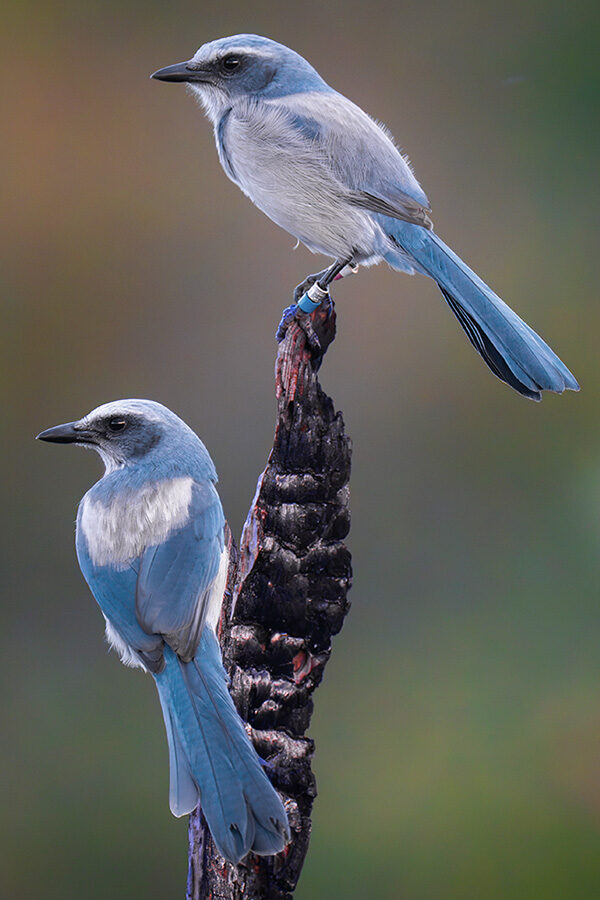- ORDER: Podicipediformes
- FAMILY: Podicipedidae
Basic Description
Part bird, part submarine, the Pied-billed Grebe is common across much of North America. These small brown birds have unusually thick bills that turn silver and black in summer. These expert divers inhabit sluggish rivers, freshwater marshes, lakes, and estuaries. They use their chunky bills to kill and eat large crustaceans along with a great variety of fish, amphibians, insects, and other invertebrates. Rarely seen in flight and often hidden amid vegetation, Pied-billed Grebes announce their presence with loud, far-reaching calls.
More ID InfoFind This Bird
Pied-billed Grebes are widespread and fairly common in most of the U.S. and southern Canada, and you should not have too much trouble finding them, particularly in summer on larger ponds and smaller lakes with ample emergent vegetation, such as cattails and bulrushes. Particularly watch the edges of emergent vegetation and look for roughly circular masses of floating, dead vegetation that might be Pied-billed Grebe nests. In winter, look for the species on larger water bodies where it often aggregates into small flocks. The distinctive very small body and comparatively large, blocky head is a good shape to look for. These birds spend a lot of time diving, so make several scans of a body of water before moving on.
Other Names
- Zampullín Picogrueso (Spanish)
- Grèbe à bec bigarré (French)
- Cool Facts
- The Latin genus name for grebe, "podylimbus," means “feet at the buttocks”—an apt descriptor for these birds, whose feet are indeed located near their rear ends. This body plan, a common feature of many diving birds, helps grebes propel themselves through water. Lobed (not webbed) toes further assist with swimming. Pied-billed Grebes pay for their aquatic prowess on land, where they walk awkwardly.
- Pied-billed Grebe chicks typically leave the nest the first day after hatching and spend much of their first week riding around on a parent’s back. They usually spend most of their first 3 weeks on or near the nest platform.
- Pied-billed Grebes are fairly poor fliers and typically stay on the water—although rare individuals have managed to fly as far as the Hawaiian Islands, Europe, the Azores, and the Canary Islands.
- Pied-billed Grebes can trap water in their feathers, giving them great control over their buoyancy. They can sink deeply or stay just at or below the surface, exposing as much or as little of the body as they wish. The water-trapping ability may also aid in the pursuit of prey by reducing drag in turbulent water.
- Like other grebes, the Pied-billed Grebe eats large quantities of its own feathers. Feathers may at times fill up more than half of a grebe’s stomach, and they are sometimes fed to newly hatched chicks. The ingested plumage appears to form a sieve-like plug that prevents hard, potentially harmful prey parts from passing into the intestine, and it helps form indigestible items into pellets which they can regurgitate.
- When in danger, Pied-billed Grebes sometimes make a dramatic “crash-dive” to get away. A crash-diving grebe pushes its body down with its wings thrust outward. Its tail and head disappears last, while the bird kicks water several feet into the air.
- The longest-lived Pied-billed Grebe on record was at least 4 years, 7 months old. It was banded in California in 2007 and found there in 2011.


